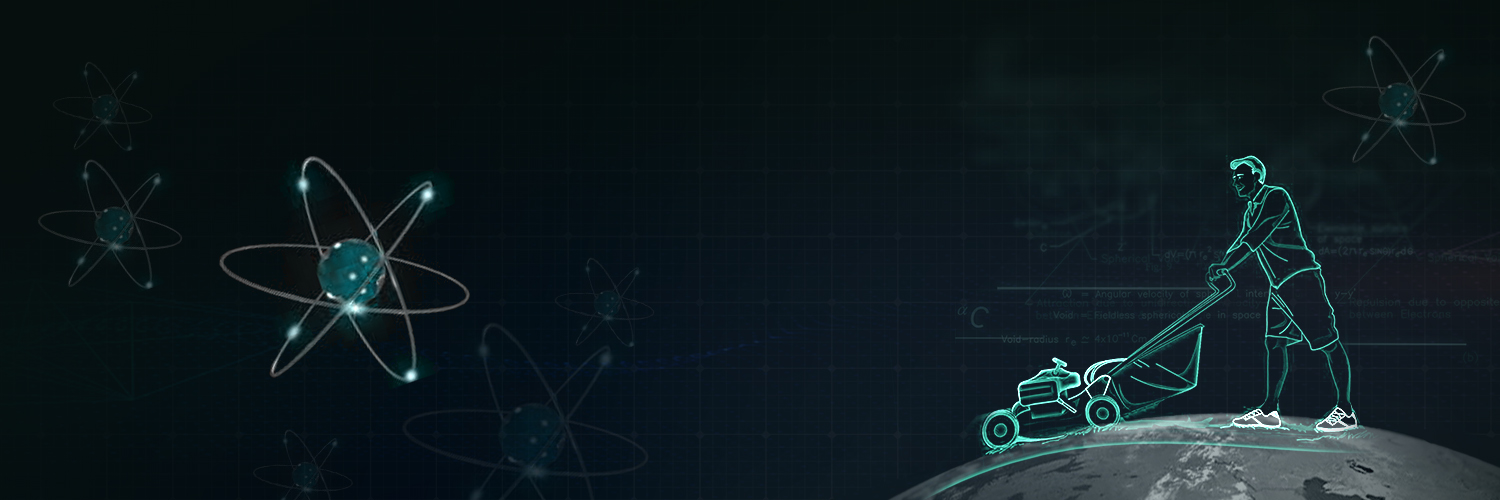
When light falls on a polished smooth surface such as mirror, metal surface and clear water, it bounces back and the phenomena is called reflection of light. The ray of light which falls on the polished surface is called incident ray and the ray that bounces back is called reflected ray. The normal is the perpendicular dawn to the polished surface.
The incident ray, reflected ray and the normal are shown in figure.

The incident ray, reflected ray and normal to the plane of incidence follow laws of reflection which are:
1. First Law of Reflection:
According to the first law of reflection of light,The incident ray, the reflected ray, and the normal (at the point of incidence), all lie in the same plane.
2. Second Law of Reflection:
According to the second law of reflection of light: The angle of incidence (<i) is equal to the angle of reflection(<r). Thus,
1. Regular Reflection: When a parallel beam of light falls on the smooth surface of a plane mirror, it is reflected as a parallel beam. Regular reflection is also known as specular reflection and occurs when a light ray falls on a surface such as a mirror. The light ray suffers a sharp reflection and almost the entire incident ray is reflected uniformly so that there is no blurriness. The angle of reflection for the different incident rays is same.

2. Diffuse Reflection: The parallel incident rays do not remain parallel after reflection, they are scattered in different directions. Diffuse reflection occurs when light rays strike rough or non- shiny surfaces or surfaces having scratches or dents. The reflected ray has lesser brightness or poorer quality and the angle of reflection of the various incident rays are different. The rays may also have completely different directions of reflection if they are incident on such uneven surfaces.
3. Multiple Reflection
Certain reflective surfaces such as mirrors preserve the intensity of reflected light and keeps on reflecting it until the intensity reducesto zero. So, if the light intensity is preserved till infinity, we might get infinite reflections.
At every reflection, we see an image f the object and in the next reflection, we see an image of the first image and so on,. The number of images depends on the angle between the two mirrors. If the angle between the mirrors is small the number of images is more and vice versa. If angle between two mirrors is 0 or in other words, the mirrors are parallel then we get infinite images. Numberofimages=360∘anglebetweenmirrors−1
REAL IMAGE AND VIRTUAL IMAGES
Real Image:
Virtual Image:
• In lateral inversion, the right side of the object appearsleft side of the image and viceversa.
• This could be seen in a plane mirror, where the right side of object appears to become the left side of image; and the left side of object appears to become the left side of image; and left side of object appears to become the right side of image. This change of sides of an ‘object’ and its ‘mirror image’ is termed as lateral inversion.
• The phenomenon of lateral inversion is due to the reflection of light.
• Application: The word AMBULANCE is written in reverse direction so that it can be read correctly in rear view mirror of vehicles going infront of it.
(i) The image formed in a plane mirror is virtual. It cannot be received on a screen.
(ii) The image formed in a plane mirror is erect. It is the same side up as the object.
(iii) The image in a plane mirror is of the same size as the object.
(iv) The image formed by a plane mirror is at the same distance behind the mirror as the object is in front of the mirror.
(v) The image formed in a plane mirror is laterally inverted (or sideways reversed.)